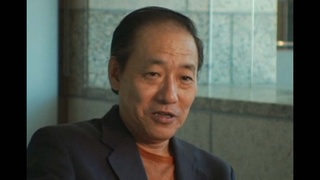Interviews
Yoshitaro Amano, who was Fascinated by the Chancay Culture (Japanese)
(Japanese) One time, Amano was looking through a book at a museum and discovered that the remains of a certain pot were in Chancay, so he thought he would go there.
He wanted that pot. He couldn't find a pot like the one he had seen in the book, but the textiles were magnificent. And the earthenware was really plain. It wasn’t sparkly and pretty in the same way as that of the Nazca and Moche, but it was simple in a Japanese way and had some amazingly noble aspects to it. Amano would say that the aesthetic sense was very similar to that of Japan. He often went to look at different museums, so he had that kind of knowledge.
Amano became completely enthralled by the Chancay. He would always say, “Look at this! Look at this!” Even if a piece was a little misshapen, they had done it on purpose and brought out the goodness in that. It seems like foreigners didn’t really understand it, but it is really cool. There is that which is pretty in that glittery way, too, but Amano would say that this especially resembled the Oribe-yaki style wreaths from Japan from about 500 years ago. He said it was a Japanese aesthetic sense. So, he really loved the Chancay culture.
Date: April 18, 2007
Location: Lima, Peru
Interviewer: Ann Kaneko
Contributed by: Watase Media Arts Center, Japanese American National Museum


